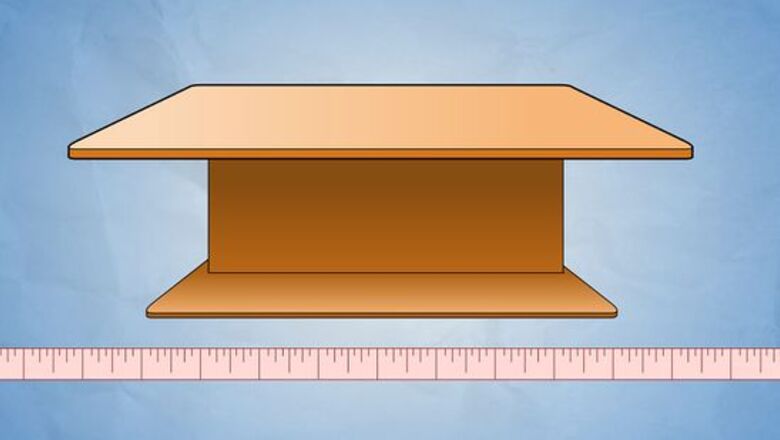
views
Measuring a Square, Rectangular, or Oval Table
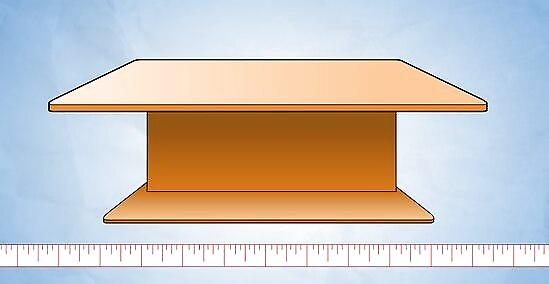
Extend or shrink the table to the size it will typically be when you use the tablecloth. If your table has removable leaves or attachments that can be used to alter its size, decide what size best suits your purposes. If you want a day-to-day tablecloth, keep the table at the size you use for normal purposes. If you are looking for a formal tablecloth to use when entertaining guests, you may wish to measure the table when it is extended to its maximum size. If you want one tablecloth that will fit your table at any size, measure the table at its largest size and select a tablecloth that will hang no more than 6 inches (15cm) over the edge. Be aware that the tablecloth may look uneven when the table is at a smaller size.
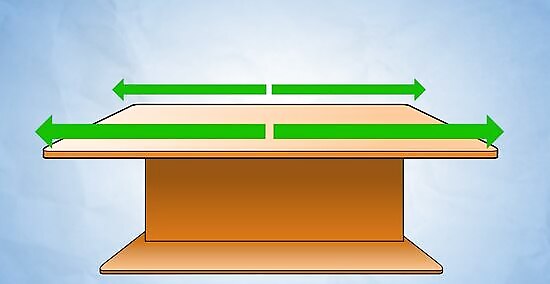
Measure the table length. Use a tape measure to measure the table along its longest direction, or along either direction for a square table. Measure directly in the center of the table, not along one of the outer edges, especially if your table is oval in shape. Write down your measurements as you make them to avoid forgetting them.
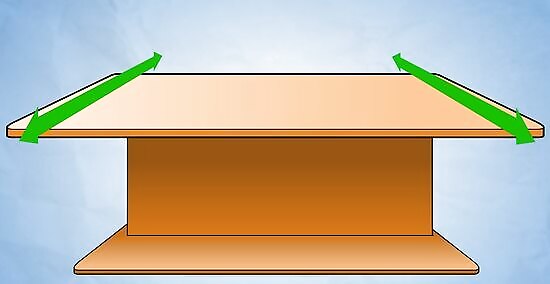
Measure the width of your table. Measure the other horizontal dimension of the table, at right angles to the first. As before, measure near the center of the table. It doesn't hurt to make this measurement even if your table appears square; it can sometimes be difficult to tell a square and rectangle apart.
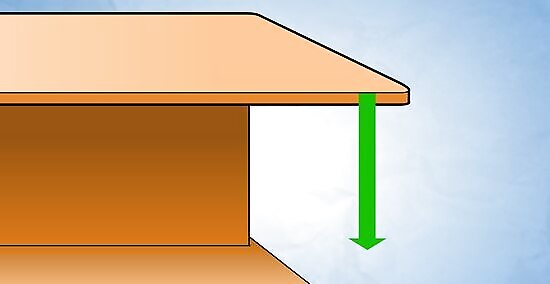
Determine how far you'd like your tablecloth to hang down. The length a tablecloth hangs below the surface is called the drop length. Most dining room tablecloths have a drop length between 6 and 12 inches (15–30 cm), no further than diner's laps. A more formal dining tablecloth may reach all the way to the ground, as will a tablecloth intended to hide unattractive table legs. To help you visualize which drop length you prefer, hold a piece of fabric or paper hanging downward from the table's edge. Place your chairs and other nearby furniture objects where they would be located on occasions when you would use this tablecloth.
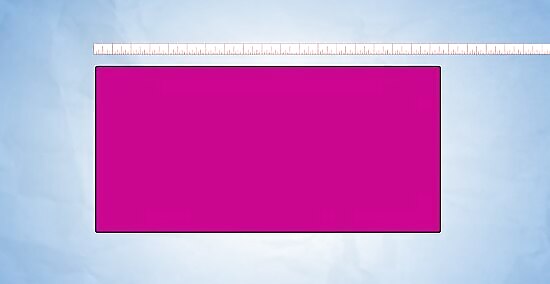
Calculate the length and width of your tablecloth. Multiply your desired drop length by two, since the tablecloth will hang from both ends of the table. Add this result to your table's length to get your tablecloth's ideal length, and to your table's width to get your tablecloth's ideal width. If your table is oval, you may purchase either an oval or rectangular tablecloth with these measurements.
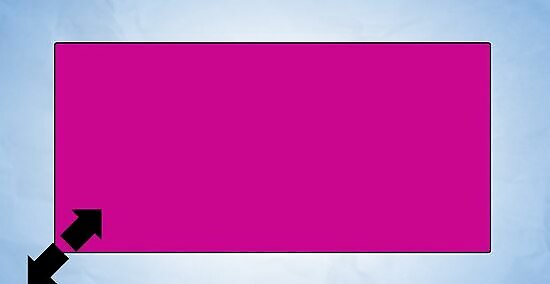
Get a slightly larger tablecloth if you cannot find the exact size. If you cannot find a tablecloth that fits your table's exact dimensions, and you are not interested in purchasing or making a custom tablecloth, use a tablecloth that's slightly larger than your measurements. A larger tablecloth will simply hang lower, while a smaller one may not cover the entire table. Also, as with any fabric, tablecloths may shrink when washed, potentially becoming up to 4 inches (10cm) smaller over time. You may also consider alternative options, such as a rectangular "runner" cloth that runs across the center of a rectangular table without covering the full width.
Measuring a Round Table
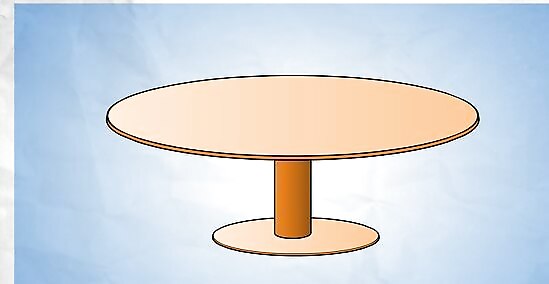
Measure the diameter of the table with a tape measure. The diameter of a circular object is the distance in a straight line from one edge to the other, passing through the center. For most tablecloths, you can simply estimate where the center is by eye. If you want to be more exact, you may measure starting at several positions and calculate the average of your results. The more exact method is recommended if you want a tablecloth that sits entirely on top of the table, with 0 to 2 inches (5 centimeters) of overhang. This method may also be used for hexagonal tables or tables with other unusual shapes, as long as each edge of the table is of equal size.
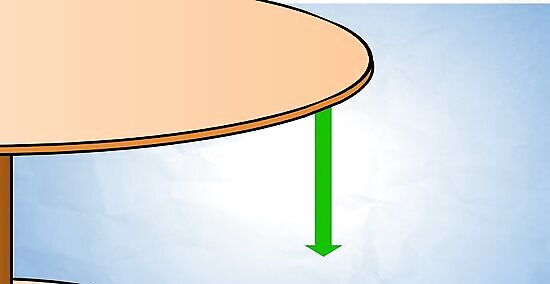
Decide how much overhang you want from your tablecloth. For most purposes, an overhang or "drop length" of at least 6 inches (15cm) is appropriate. A shorter drop length may make the tablecloth look too small for the table. For more formal occasions or tables that do not have chairs stored under them, you may choose to have a drop length extending all the way to the ground. Measure the height difference between the chairs and the table to find out the maximum drop length that avoids piles of cloth gathering on the chairs when they are pushed in.
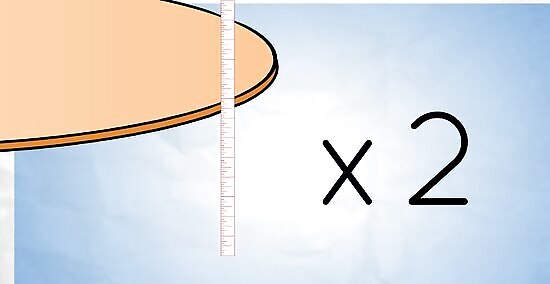
Calculate the desired diameter of the tablecloth. Multiply your desired overhang or drop length by two to account for the fact that the cloth needs to hang over either side of the table. Add this result to the diameter you measured for the table to get the ideal diameter for your table.
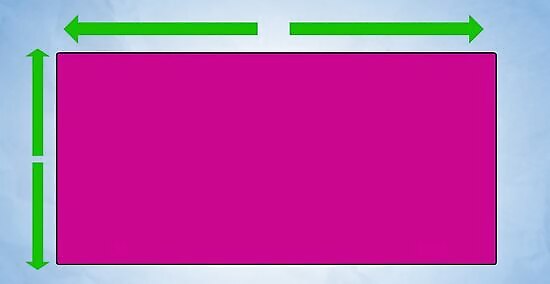
Consider your options if you cannot find a tablecloth in that exact size. If you cannot find a tablecloth with that exact diameter, and you do not wish to make your own round tablecloth, try to find one that's a couple inches (or a few centimeters) larger, since that is less likely to cause noticeable problems than a smaller tablecloth. You may also hang a square tablecloth on a round table. Either follow the manufacturer's recommended size for a round table with your table's diameter, or calculate the diagonal length of the square. This length should be equal to the ideal diameter you calculated above, or slightly larger.













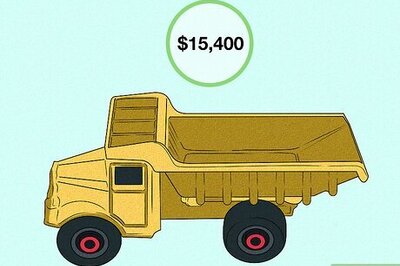






Comments
0 comment